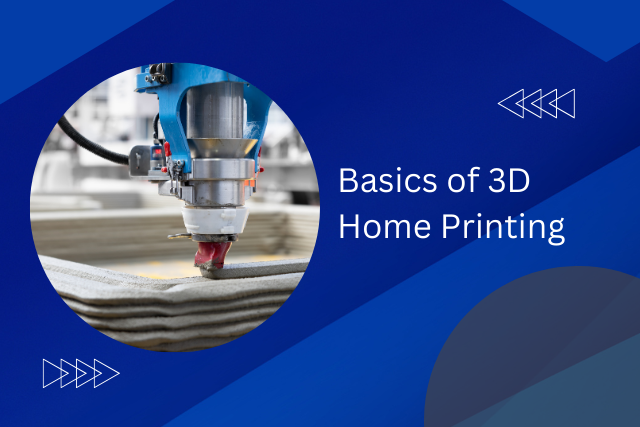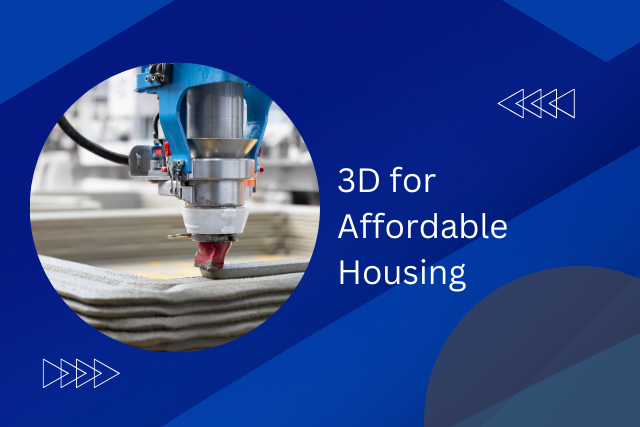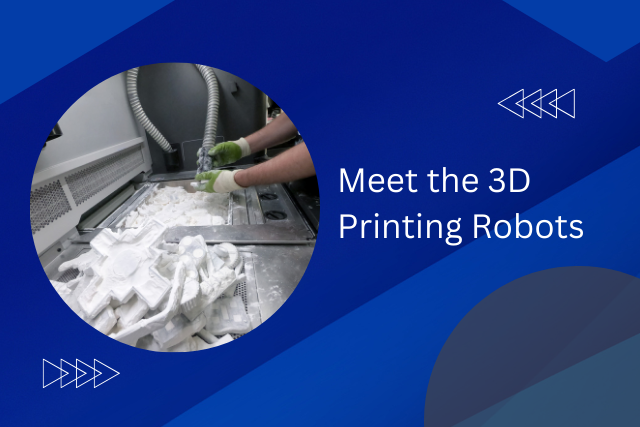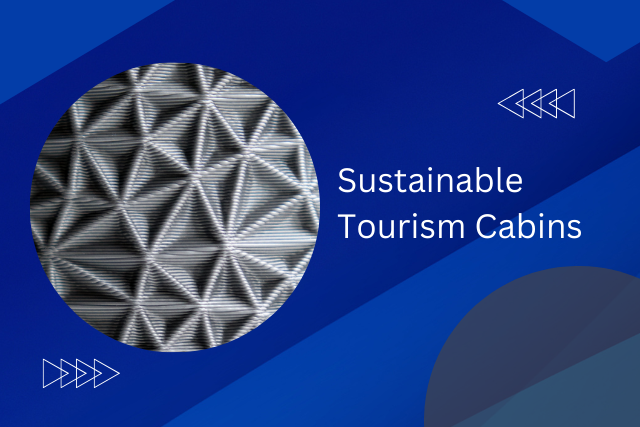In the world of 3D printed building, finding new materials is very important for making the process better and more earth-friendly. Graphene-Enhanced Concrete is super strong and lasts a long time. Recycled Plastics are great because they reuse waste, helping the planet.
Self-Healing Concrete, Algae-Based Bioplastics, Metal Alloys, and Synthetic Stone Material offer more choices for those who design and build. These materials make buildings tougher, more green, and ready for future changes. Looking into how these materials work and their challenges could change how we think about building cities.
Graphene-Enhanced Concrete
Scientists have made a new kind of concrete with graphene, making building parts stronger and lasting longer. graphene is a super strong material, much stronger than steel, and when mixed with concrete, the new material is better at handling weight and more flexible. This big change could make building things faster and better for the environment.
The new graphene-enhanced concrete is really good at keeping out water and chemicals, which means buildings can last longer without needing as much fix-up. This is especially good for places with bad weather or where things can easily get damaged. Plus, because this material is stronger and more durable, architects can try new and exciting designs that weren’t possible before.
In short, this breakthrough in construction materials opens up new ways to build that are smarter, more sustainable, and allow for more creativity.
Recycled Plastics
The start of using recycled plastics in 3D printed construction is a big step forward for being more eco-friendly. It shows how we can turn trash into strong and useful parts for buildings. This smart way of building not only tackles the huge problem of plastic waste but also gives architects and builders more freedom to try out new designs. By using recycled plastics in building, we are making a dream of a circular economy come true. In this dream, nothing is wasted, and everything has a use.
| Emotion | Impact of Recycled Plastics |
|---|---|
| Hope | Making less trash, pushing for greener ways. |
| Empowerment | Giving more freedom in making buildings. |
| Responsibility | Making us use things wisely, aiming for a better tomorrow. |
Self-Healing Concrete
Self-Healing Concrete is a big step forward in making building materials better. It helps solve the common issue of concrete cracking, cuts down on the need for repairs, and makes buildings last longer. This special material can fix its own cracks, which means buildings stay stronger and we don’t have to fix them as often. This is a big move towards making building practices better and more self-sufficient.
The main way self-healing concrete works is by mixing in special stuff, like bacteria or tiny capsules. When these hit air and water through cracks, they start a process that makes calcite, a mineral that fills the cracks back up. This process not only makes the concrete as strong as before but also stops water and bad substances from getting in, which protects the metal inside from getting rusty.
This material is also great for 3D printing in construction. It means we can make buildings that can fix themselves. This is really exciting for architects and engineers because it lets them design buildings that will last longer and not be limited by old materials. Using self-healing concrete in 3D printed buildings could lead to a future where buildings and infrastructures fix themselves, which is better for the environment and makes our buildings tougher.
Algae-Based Bioplastics
Exploring new materials, algae-based bioplastics are an exciting development in building in a sustainable way. These bioplastics are good for the environment and allow us to build without harming our planet. They bring together the best of being biodegradable, strong, and flexible, showing a new path in building that cares for our Earth.
| Feature | Benefit | Sustainability Aspect |
|---|---|---|
| Renewable Source | Cuts down use of oil-based products | Lowers harm to the air |
| Biodegradable | Reduces trash buildup | Supports nature-friendly waste handling |
| Low Energy Production | Uses less power to make | Cuts down on energy use |
| Carbon Dioxide Absorption | Helps clean the air while growing | Fights air pollution |
| Versatility in Application | Opens up new design ideas | Encourages smart design without hurting the environment |
Using algae-based bioplastics in 3D printed buildings brings many good possibilities where we can build freely but also take care of our environment. As we keep exploring and using these new materials, we are not just changing how we design buildings but also showing our promise to keep the Earth safe for everyone in the future.
Metal Alloys
New improvements in metal alloys have made a big impact on 3D printed construction, making buildings stronger, lasting longer, and better for the environment. These special materials include steel, aluminum, titanium, and nickel-based alloys. They are specially made to be perfect for new types of buildings. These alloys make it possible to build structures that are both strong and light, which means they use less carbon and energy during building.
The ability to customize with metal alloy 3D printing lets builders make complex shapes that were too hard to make before. This also means less waste because the materials are used exactly where they are needed. Using recyclable metal alloys is also good for the planet, fitting in with ways to build that are more eco-friendly.
The smart use of metal alloys is changing how we build things. It’s a big step forward for making building faster, greener, and giving more freedom in design. As more research is done, metal alloys are expected to become even more important in the future of 3D printed construction, leading to a new age of building that is efficient, sustainable, and free in design.
Synthetic Stone Material
The development of synthetic stone material is a big step forward in making buildings with 3D printing. This new material makes buildings stronger, better for the environment, and allows for more creative designs. It means architects can now make designs that were once impossible.
Making synthetic stone material involves carefully mixing different minerals and resins together. This mixture acts like natural stone but is lighter and can be shaped into more complex designs. It can also be adjusted to be stronger or better at keeping heat in, making it useful for many different kinds of projects.
| Property | Advantage |
|---|---|
| Durability | Buildings last longer and can handle weather better. |
| Sustainability | Lower impact on the environment because it’s made in a cleaner way. |
| Design Flexibility | Can make detailed shapes and textures that you can’t get with old materials. |
Using synthetic stone material in 3D printing for buildings means we can make them not just strong and long-lasting but also good-looking and green. This is a big move towards building in a way that’s better for the planet.
Conclusion
To sum up, new materials such as graphene-enhanced concrete, recycled plastics, self-healing concrete, algae-based bioplastics, metal alloys, and synthetic stone are a big step forward in making buildings with 3D printers. These materials are not only stronger and last longer, but they are also better for our planet. Using them could start a new way of building things that is both smart and kind to the earth, changing how we make buildings and other structures.






